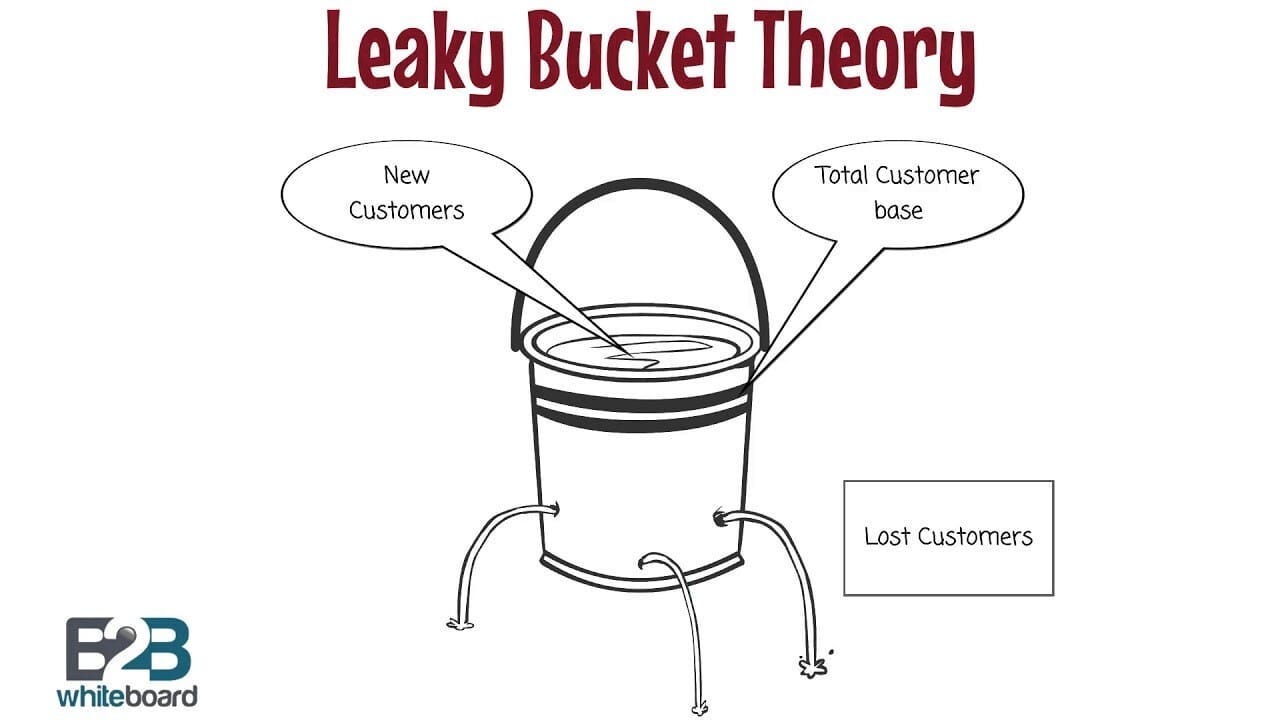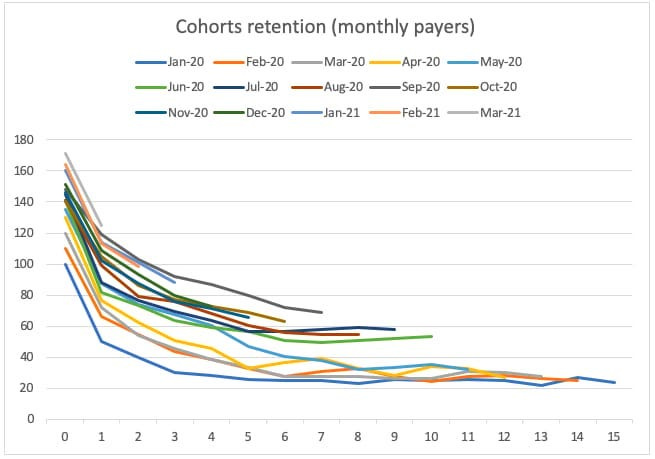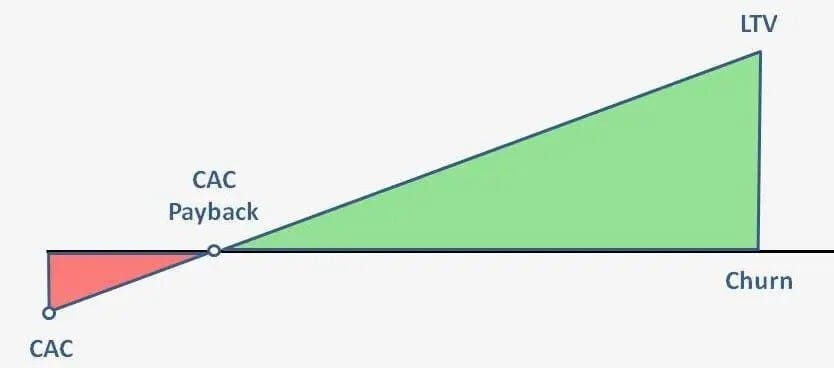💡How Do You Know You Achieved a Product-Market Fit?
from a perspective of really smart people
Happy Thursday everyone!
Each founder’s greatest desire is achieving a product-market fit (PMF) as quickly as possible. However, when you ask a founder about definition of their PMF and how they got there — you get many different stories.
“The only thing that matters is getting to product-market fit.”
Marc Andreessen
This creates an aura of uncertainty surrounding PMF. Many founders are not sure what to look for and how to determine whether they achieved PMF. We change that.
Today at glance:
System → Achieving a pre-product PMF
System → Achieving a post-product PMF
Links → Guides for finding product-market fit
Forwarded this email? Join 800+ founders and sign up!
What to look for in a pre-product stage
1. People are willing to pay for it now
Nothing will be a better signal of interest and PMF if you can get people to put down money before you have a product
Andrew Chen
2. Building an engaged community
We take most of the money that we could have spent on paid advertising and instead put it back into the customer experience. Then we let the customers be our marketing.
Tony Hsieh
A satisfied customer is the best business strategy of all.
Michael LeBoeuf
What to look for in a post-product stage
1. Retention
If you can’t retain your users, you’re building a leaky bucket. You can pour more water into the bucket, but if it’s leaky, you’re not solving the right problem.
Chamath Palihapitiya
Retention is the core of your growth model and the core of a company’s value.
Brian Balfour
Monitor retention cohorts to see where users are dropping off. Watch key metrics like monthly churn rates, track uninstalls, and examine your win-back campaigns.
Dan Wolchonok
Do a cohort analysis. Look at a group of people that tried your product in a period of time (e.g. during one month). Then look at how many of those people continue to use your product later (e.g. 12 months later). You will have a fairly deep drop-off on the first month, that’s OK. What you want to know is, does it flatten somewhere? If it flattens, that means there is a group of customers that are finding value in your product, which means you have PMF, at least for those customers. The ability to acquire users at less than the amount of money you make from that curve represents your true product/market fit.
Casey Winters
2. Achieving Compounding Growth
I think the right initial metric is ‘do any users love our product so much they spontaneously tell other people to use it?
Sam Altman
If you’re a SaaS company and you have major brands finding and using you organically, and paying for your product, that’s a sign of PMF.
Elad Gil
Organic growth is the key indicator of product/market fit. People love to seem smart and cool. They want to recommend something great to their friends. They don’t need a share button to do it. If they love your product, they will tell people about it. Ideally more than 50% of your new accounts come from direct or organic traffic.
Merci Victoria Grace
3. Customers are using the product even if it’s broken
If your product is broken and people are still using it, if you have high retention with a broken product, that’s a clear sign you have PMF.
Lenny Rachitsky
If you have high retention with a broken product, that’s a clear sign you have PMF. When Twitter was constantly going down in the fail whale days, and no one moved off of Twitter. That was a sign of raw market adoption.
Elad Gil
4. Customers Acquisition Cost (CAC) < Customer Lifetime Value (LTV)
If your LTV is higher than your CAC, you’re in a good position to grow your business. It means that you’re earning more from each customer than it costs to acquire them, allowing you to reinvest in acquiring more customers.
David Skok
The key to scaling a SaaS business is ensuring that your LTV/CAC ratio is healthy. A ratio of 3:1 is often considered a good benchmark, as it indicates that you’re generating three times the revenue from each customer compared to what you spend to acquire them.
Jason Lemkin
A sustainable business model is one where the LTV is significantly greater than the CAC. This allows for reinvestment into the business and fuels growth without the constant need for external funding.
Tomasz Tunguz
Guides for finding product-market fit:
How Superhuman Built an Engine to Find Product Market Fit by Rahul Vohra
Product/Market Fit (PMF): Experience & Data by Jason Cohen
How to Find Product Market Fit — Stanford CS183F: Startup School by Stanford
How to find PMF (Y Combinator video) by David Rusenko
The Only Thing That Matters by Marc Andreesen
✈️ How I Can Help
Consulting
I’ll help solve a specific problem your startup might be facing.
Advertising
Advertise in my newsletter to get in front of 800+ founders.





